My Village: Rhymes from around the World
By Judi Moreillon, Texas Woman’s University
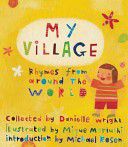 In addition to informational books and Web sites, school and public librarians and classroom teachers who are looking to provide children with global perspectives often turn to traditional literature. The fairy and folktales, myths, and fables of a people provide “insights into the underlying values and beliefs of particular cultural groups” (Short, Lynch-Brown, and Tomlinson 108). These stories that have their origin in the oral tradition carry cultural markers that offer readers and story listeners opportunities to learn about and compare other worldviews to their own. Continue reading
In addition to informational books and Web sites, school and public librarians and classroom teachers who are looking to provide children with global perspectives often turn to traditional literature. The fairy and folktales, myths, and fables of a people provide “insights into the underlying values and beliefs of particular cultural groups” (Short, Lynch-Brown, and Tomlinson 108). These stories that have their origin in the oral tradition carry cultural markers that offer readers and story listeners opportunities to learn about and compare other worldviews to their own. Continue reading


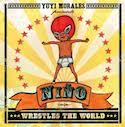 This week I explore some of the less popular, but not less important awards, the American Library Association gave out in January. First I’ll discuss the Geisel Award. Created in 2006, the award honors the best book, written in English, for beginning readers. Past recipients of this award reflect the best that is early reading: Ethan Long, Josh Schneider, Kate DiCamillo, Alison McGhee, Geoffrey Hayes, Mo Willems,
This week I explore some of the less popular, but not less important awards, the American Library Association gave out in January. First I’ll discuss the Geisel Award. Created in 2006, the award honors the best book, written in English, for beginning readers. Past recipients of this award reflect the best that is early reading: Ethan Long, Josh Schneider, Kate DiCamillo, Alison McGhee, Geoffrey Hayes, Mo Willems, 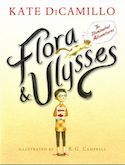 Previously, we looked at the 2014 Caldecott Winner Locomotive by Brian Floca. Then winter exacted its continued revenge in the Northeast and I became a victim of a door locked against the cold, a door jam and cement. Meaning, I fell and dislocated my finger, broke ribs and more. So this week we play catch up.
Previously, we looked at the 2014 Caldecott Winner Locomotive by Brian Floca. Then winter exacted its continued revenge in the Northeast and I became a victim of a door locked against the cold, a door jam and cement. Meaning, I fell and dislocated my finger, broke ribs and more. So this week we play catch up.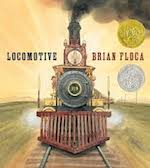
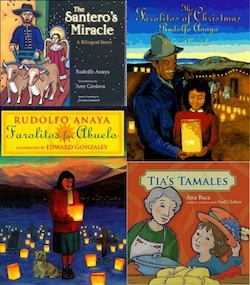

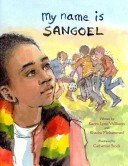 This month we’ve been looking closely at how the art and written text in picturebooks work together to convey meaning and exploring how to help children experience the full richness in picturebooks by reading both. This week we’ll examine how Jenna Loomis read
This month we’ve been looking closely at how the art and written text in picturebooks work together to convey meaning and exploring how to help children experience the full richness in picturebooks by reading both. This week we’ll examine how Jenna Loomis read  This month in WOW Currents we’re exploring how to help children read the art and written texts in picturebooks, Picturebooks are “a unique art object, a combination of image and idea that allows the reader to come away with more than the sum of the parts” (Kiefer, 1995, p. 6). In our work we’re helping children read the art and think like artists to support them in experiencing the full richness and meanings in picturebooks (Martens, 2012). This week we’ll explore how Laura Fuhrman helped her first graders read and experience the art and written text in
This month in WOW Currents we’re exploring how to help children read the art and written texts in picturebooks, Picturebooks are “a unique art object, a combination of image and idea that allows the reader to come away with more than the sum of the parts” (Kiefer, 1995, p. 6). In our work we’re helping children read the art and think like artists to support them in experiencing the full richness and meanings in picturebooks (Martens, 2012). This week we’ll explore how Laura Fuhrman helped her first graders read and experience the art and written text in 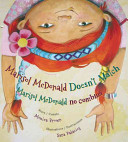 Picturebooks are “text, illustrations, total design; …As an art form [they hinge] on the interdependence of pictures and words, on the simultaneous display of two facing pages, and on the drama of the turning of the page” (Bader, 1976, p. 1). This week we continue our exploration of helping children read the art and written texts in picturebooks by seeing how Michelle Doyle shares the richness in
Picturebooks are “text, illustrations, total design; …As an art form [they hinge] on the interdependence of pictures and words, on the simultaneous display of two facing pages, and on the drama of the turning of the page” (Bader, 1976, p. 1). This week we continue our exploration of helping children read the art and written texts in picturebooks by seeing how Michelle Doyle shares the richness in 